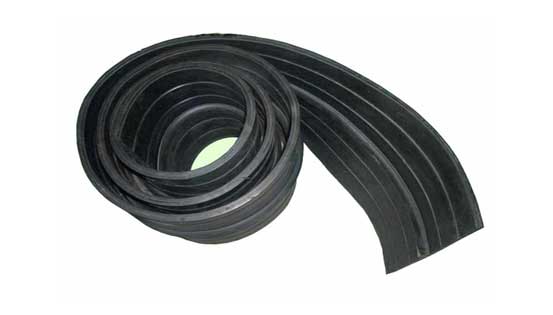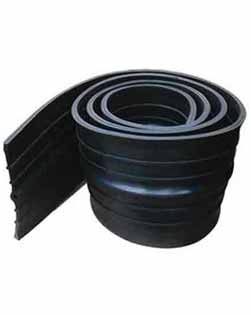An American chemist known as Joseph Cecil Patrick discovered Polysulfide rubber in 1926 by, while he was attempting to obtain ethylene glycol for use as an antifreeze. This rubber was commercialized under the trade name Thiokol, which eventually became generic. This was one of the earliest commercial synthetic polymers and was made by the reaction of sodium polysulfide with an organic dichloride.
Properties of Polysulfide Rubber (PSR)
- This rubber is known for its excellent resistance to solvents.
- It has low temperature flexibility.
- It has flex-crack resistance.
- It also has oxygen and ozone resistance.
- It is resistant to light.
- It is impermeable to gases.
- Poor tensile strength and abrasion resistance.
Advantages of Polysulfide Rubber
These rubber is very soft, stretchy and long lasting. It is good for making molds with severe undercuts and/or very fine detail. There are some molds still in production which are more than 40 years old. Unlike other mold rubbers, PSR is not characterized by sulfur or water based modeling clays. Model preparation is very less. Once cured, these molds are good for casting wax and gypsum plasters. However, since heat resistance, compression set and mechanical strength are not very great, polysulfide rubber is recommended for specific applications which cannot be satisfied by any other elastomer. Temperature range required is -54 degrees to +107 degrees celcius. Polysulfide seals are recommended for service involving contact with solutions of ketones, ethers and petroleum solvents.


Disadvantages of Polysulfide Rubber
- The most common problem of these rubber is that this rubber with lead curatives has an offensive odor.
- Newly built polysulfide molds stain plaster.
- Polysulfides have poor abrasion resistance and hence are not good for casting concrete.
- It is not suitable for production casting of resins.
- Polysulfides must be mixed accurately by weight with other elastomers or they will not work.
- This rubber is of moderate cost. It is higher than latex and urethanes but lower than silicones.
- Anti Vibration Mountings
- Automobile Rubber Products
- Calendered Rubber Products
- Extruded Rubber Products
- Medical Rubber Products
- Metal Bonded Components
- Rubber Adhesives & Sealants
- Rubber Ball
- Rubber Bands
- Rubber Beading
- Rubber Bearing
- Rubber Belt
- Rubber Buckets
- Rubber Bullets
- Rubber Cable
- Rubber Coating
- Rubber Duct
- Rubber Expansion Joints
- Rubber Flooring/Matting
- Rubber Footwear
- Rubber Gloves
- Rubber Injection Parts
- Rubber Lining
- Rubber Magnets
- Rubber Molded Products
- Rubber Pads
- Rubber Rollers
- Rubber Stopper
- Rubber Suit
- Rubber Track
- Rubber Valve
- Rubber Balloon
- Rubber Stamps
- Rubber Fenders
- Acrylic Rubber (ACM)
- Butadiene Rubber (BR)
- Butyl Rubber (IIR)
- Chlorosulfonated Polyethylene(CSM)/ Hypalon
- Ethylene Propylene Diene Monomer
- Fluoroelastomers (FKM)/Viton
- Isoprene Rubber (IR)
- Nitrile Rubber (NBR)
- Perfluoroelastomer (FFKM)
- Polychloroprene (CR)/Neoprene
- Polysulfide Rubber (PSR)
- Silicone Rubber (SiR)
- Styrene Butadiene Rubber
How to Make a Custom Rubber Stamp?
Whenever designing a custom stamp for your company, never compromise on its quality because in the end it is the most...
Read MoreLatex and Silicone Rubber Tubing - A Comparison!
Many industries use rubber tubing for various purposes. In fact, various types of rubber tubing are used for different applications...
Read MoreSilicone vs Acrylic Adhesive- A Comparison
Silicon and acrylic adhesives are those rubber adhesives that are widely used in Polyimide tapes. In fact, the polyimide...
Read More

